Leadville -Colorado's Ultimate Wild West Mine Town
Tuesday, September 28, 2010
 Leadville, Colorado, United States
Leadville, Colorado, United States
The middle of September into the first week or so in October
is in my opinion the best time of year in Colorado . With a forecast of at least
five clear days with relatively warm temperatures ahead at the end of
September, I decided a little road trip was in order. While it seems like I
planned to cover a lot of ground in Colorado’s central mountains around
Leadville, Aspen, and Crested Butte, relative to the state’s overall size I
planned to be in a relatively concentrated area. My goal on this trip is to
visit some of the best areas for leaf peeping with a high concentration of
aspens relative to evergreens and spend some time exploring the towns I
mentioned that I’ve mostly driven through or stopped in rather briefly.
I made Leadville my first stop. The town is not much more
than two hours from Denver, first up Interstate 70 and then over 11,318 foot
high Fremont Pass on highway 91. One of
the notable features of Fremont Pass is that, despite its altitude, the drop
down into Leadville on the south side of the pass is rather gradual and not
that great compared to many passes in the state. That’s because Leadville is
located at about 10,200 feet and was until recently considered the highest
incorporated town in America . That changed about a decade or so ago when
smaller but slightly higher Alma a few miles away on the other side of the
Mosquito Range decided to incorporate.
Leadville is probably one of Colorado’s most historic towns
as a late nineteenth century mining boomtown that was once the biggest city in
the state. It has since fallen on hard
times and is now one of the poorer towns in the mountains, largely a bedroom
community for people who work over the passes in the resorts in Eagle and
Summit counties. There still is some mining in the area at the Climax mine
(mostly molybdenum, I believe), but the mine opens and closes with market
conditions and doesn’t employ that many people anymore. It’s enough, though, to
have kept Leadville from ever approaching ghost town status.
It seems Leadville would have potential as a ski resort like
Breckenridge and Aspen and other former gold and silver rush mining towns, but
despite its elevation the area isn’t as consistently snowy because it is
technically on the drier eastern side of the Continental Divide . So Leadville
basks in a kind of faded glory, one with relatively small numbers of tourists
who come mostly in the summer to enjoy the surroundings lakes and mountains.
I’ve stayed in Leadville a few times in winter for cheap
lodging when doing cross country skiing and snowshoeing in the area between
days of downhill skiing at Vail or Copper Mountain. I have also stopped many
times for lunch or dinner on my way to summer hiking in the Sawatch Range, and
also did a cross country ski loop once on the 12-mile loop trail that circles
the town and goes up into the hills to the east past many of the mining sites,
a ski trail with a lot of historic markers and stops.
This time, though, I decided to spend a good part of the day
exploring the town’s history at its multiple museums in historic houses as well
as those dedicated to Leadville’s heritage and mining history, including the
National Mining History and Hall of Fame. What is it with halls of fame? Does
there have to be one for every sport, activity, or endeavor?
And, of course, I stopped at the Golden Burro Café on
Harrison Street downtown for lunch . The Golden Burro has many items on the menu
that come in massive portions, but if I’m in Leadville for breakfast or lunch
or dinner, I always get a version of their smothered burrito with cheese and
green chili. They’re enormous and must contain about 3,000 calories per
serving, the breakfast version being especially rich and delicious.
Leadville’s mining district spreads all around the town and
especially upwards onto the slopes of the Mosquito Range to the east. This all
seems quite idyllic, but the old mines leach heavy metals and cause a lot of
pollution. The old mining buildings and equipment that are continuously falling
into further decrepitude are picturesque but can be dangerous. I decided to
drive around on some of the meandering back roads though the areas where much
of the mining history took place that are still badly affected ecologically.
The scenery over the town and towards Mount Massive was spectacular on the
clear day.
Other Entries
-
17El Dorado Canyon Hike
Aug 24400 days prior Eldorado Springs, United Statesphoto_camera35videocam 0comment 0
Eldorado Springs, United Statesphoto_camera35videocam 0comment 0 -
18Cripple Creek/Victor Mining District - Gold Rush
Aug 27397 days prior Cripple Creek, United Statesphoto_camera43videocam 0comment 0
Cripple Creek, United Statesphoto_camera43videocam 0comment 0 -
19Greenhorn Peak Hike - Highest Point in Wet Range
Aug 28396 days prior Farisita, United Statesphoto_camera30videocam 0comment 0
Farisita, United Statesphoto_camera30videocam 0comment 0 -
20James Peak Hike - Three County Thirteener
Sep 03390 days prior Saint Marys, United Statesphoto_camera40videocam 0comment 0
Saint Marys, United Statesphoto_camera40videocam 0comment 0 -
21Herman Gulch Hike & Silver Plume
Sep 12381 days prior Silver Plume, United Statesphoto_camera13videocam 0comment 0
Silver Plume, United Statesphoto_camera13videocam 0comment 0 -
22Trans-Gore Range Hike - Summit Autumn Splendor
Sep 27366 days prior Copper Mountain, United Statesphoto_camera41videocam 0comment 0
Copper Mountain, United Statesphoto_camera41videocam 0comment 0 -
23Golden & Dinosaur Ridge - Hikes Close to Home
Oct 17346 days prior Golden, United Statesphoto_camera34videocam 0comment 0
Golden, United Statesphoto_camera34videocam 0comment 0 -
24Henry Moore in Denver Botanical Gardens
May 25126 days prior Denver, United Statesphoto_camera57videocam 0comment 0
Denver, United Statesphoto_camera57videocam 0comment 0 -
25Late Spring in Rocky Mountain National Park
Jun 06114 days prior Rocky Mountain National Park, United Statesphoto_camera32videocam 0comment 0
Rocky Mountain National Park, United Statesphoto_camera32videocam 0comment 0 -
26Greek Festival at Cathedral of the Assumption
Jun 19101 days prior Denver, United Statesphoto_camera27videocam 0comment 0
Denver, United Statesphoto_camera27videocam 0comment 0 -
27Idaho Springs & the Mother Cabrini Shrine
Jul 1476 days prior Idaho Springs, United Statesphoto_camera10videocam 0comment 0
Idaho Springs, United Statesphoto_camera10videocam 0comment 0 -
28Saint Vrain Peak Hike - Front Range Prominence
Aug 1940 days prior Allenspark, United Statesphoto_camera37videocam 0comment 0
Allenspark, United Statesphoto_camera37videocam 0comment 0 -
29Grays & Torreys Peaks - Highest Continental Divide
Sep 0226 days prior Bakerville, United Statesphoto_camera20videocam 0comment 0
Bakerville, United Statesphoto_camera20videocam 0comment 0 -
30French Pass Trail Hike with Jerad
Sep 1117 days prior Jefferson, United Statesphoto_camera10videocam 0comment 0
Jefferson, United Statesphoto_camera10videocam 0comment 0 -
31Mohawk Lakes Hike with Jerad and Timby
Sep 1810 days prior Blue River, United Statesphoto_camera39videocam 0comment 0
Blue River, United Statesphoto_camera39videocam 0comment 0 -
32Mt. Sanitas & South Boulder Peak - Hikes with Myra
Sep 217 days prior Boulder, United Statesphoto_camera14videocam 0comment 0
Boulder, United Statesphoto_camera14videocam 0comment 0 -
33Mummy Range Hike in Rocky Mountain Nat Park
Sep 253 days prior Rocky Mountain National Park, United Statesphoto_camera31videocam 0comment 0
Rocky Mountain National Park, United Statesphoto_camera31videocam 0comment 0 -
34Leadville -Colorado's Ultimate Wild West Mine Town
Sep 28 Leadville, United Statesphoto_camera55videocam 0comment 0
Leadville, United Statesphoto_camera55videocam 0comment 0 -
35Aspen - Most Expensive Town in America
Sep 291 day later Aspen, United Statesphoto_camera57videocam 0comment 0
Aspen, United Statesphoto_camera57videocam 0comment 0 -
36Ashcroft - Deep in the Elk Range of the Rockies
Sep 291 day later Ashcroft, United Statesphoto_camera56videocam 0comment 0
Ashcroft, United Statesphoto_camera56videocam 0comment 0 -
37The Beautiful Roaring Fork River Valley
Sep 302 days later Snowmass, United Statesphoto_camera36videocam 0comment 0
Snowmass, United Statesphoto_camera36videocam 0comment 0 -
38Hike Around the Maroon Bells - Earthly Paradise
Sep 302 days later Crystal, United Statesphoto_camera110videocam 0comment 0
Crystal, United Statesphoto_camera110videocam 0comment 0 -
39Marble - Remote Backwoods Colorado
Sep 302 days later Marble, United Statesphoto_camera36videocam 0comment 0
Marble, United Statesphoto_camera36videocam 0comment 0 -
40From North Fork Valley through West Elk Range
Oct 013 days later Paonia, United Statesphoto_camera42videocam 0comment 0
Paonia, United Statesphoto_camera42videocam 0comment 0 -
41Crested Butte - On The Other Side of the Elk Range
Oct 013 days later Crested Butte, United Statesphoto_camera55videocam 0comment 0
Crested Butte, United Statesphoto_camera55videocam 0comment 0 -
42From Taylor Park to Saint Elmo - Sawatch Range
Oct 013 days later Tincup, United Statesphoto_camera37videocam 0comment 0
Tincup, United Statesphoto_camera37videocam 0comment 0 -
43Buena Vista & Mt. Princeton Hot Springs
Oct 024 days later Buena Vista, United Statesphoto_camera16videocam 0comment 0
Buena Vista, United Statesphoto_camera16videocam 0comment 0 -
44Colorado Springs Balloon Festival
Sep 05342 days later Colorado Springs, United Statesphoto_camera44videocam 0comment 0
Colorado Springs, United Statesphoto_camera44videocam 0comment 0 -
45Garden of the Gods - Paradise in Red and Green
Sep 06343 days later Colorado Springs, United Statesphoto_camera35videocam 0comment 0
Colorado Springs, United Statesphoto_camera35videocam 0comment 0 -
46U.S. Air Force Academy - Where Flyboys are Made
Sep 07344 days later Monument, United Statesphoto_camera18videocam 0comment 0
Monument, United Statesphoto_camera18videocam 0comment 0 -
47University of Denver Campus
Nov 15413 days later Denver, United Statesphoto_camera15videocam 0comment 0
Denver, United Statesphoto_camera15videocam 0comment 0 -
48National Western Stockshow Parade-Denver Tradition
Jan 12471 days later Denver, United Statesphoto_camera43videocam 0comment 0
Denver, United Statesphoto_camera43videocam 0comment 0 -
49Tour de Fat - A Celebration of Bicycles & Beer
Sep 01704 days later Fort Collins, United Statesphoto_camera215videocam 0comment 0
Fort Collins, United Statesphoto_camera215videocam 0comment 0 -
50Devil's Thumb Hike, Indian Peaks Wilderness
Sep 05708 days later Fraser, United Statesphoto_camera31videocam 0comment 0
Fraser, United Statesphoto_camera31videocam 0comment 0 -
51Hike to Mount Ida, Rocky Mountain National Park
Sep 06709 days later Rocky Mountain National Park, United Statesphoto_camera39videocam 0comment 0
Rocky Mountain National Park, United Statesphoto_camera39videocam 0comment 0 -
52Scottish Highlands Festival in Estes Park
Sep 07710 days later Estes Park, United Statesphoto_camera56videocam 0comment 0
Estes Park, United Statesphoto_camera56videocam 0comment 0

 Leadville, Colorado, United States
Leadville, Colorado, United States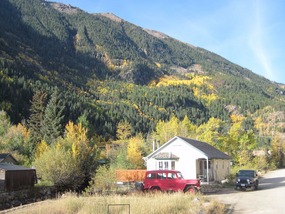
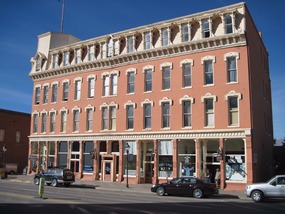
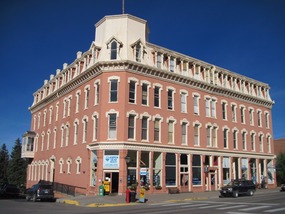
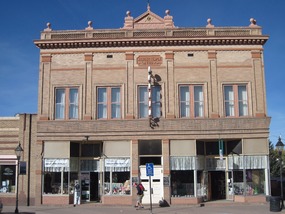


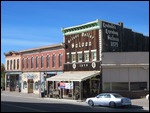
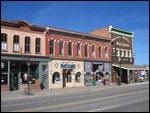
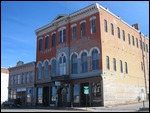
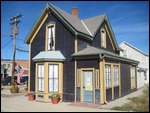
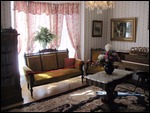
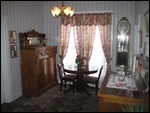

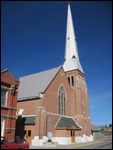

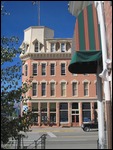
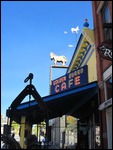
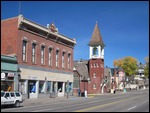
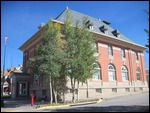
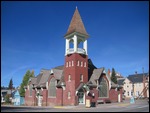
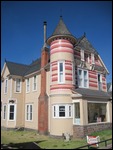
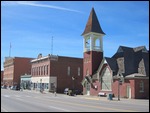
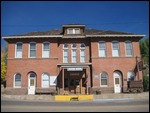
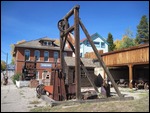
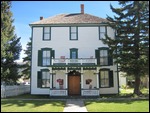
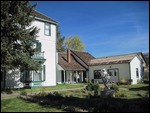
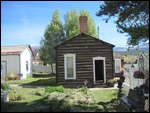

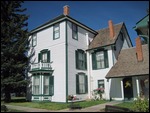
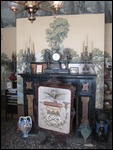
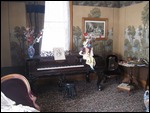
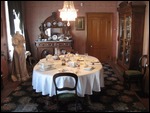
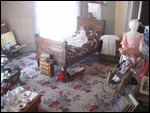
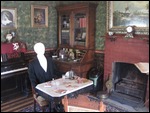
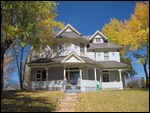
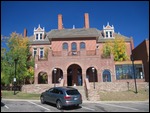
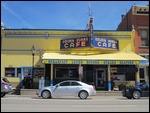
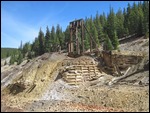

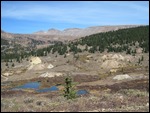
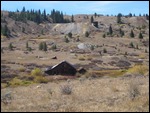

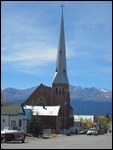
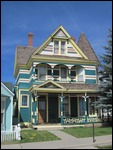
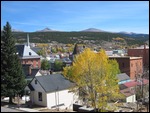
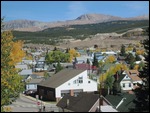
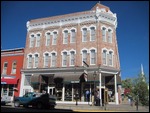

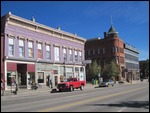
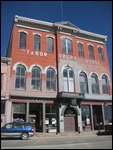
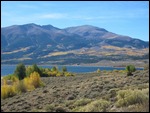
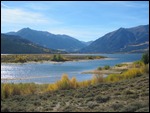
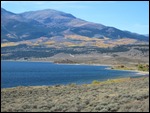

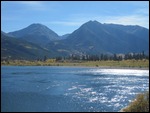
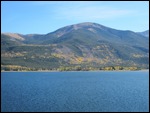
2025-05-22